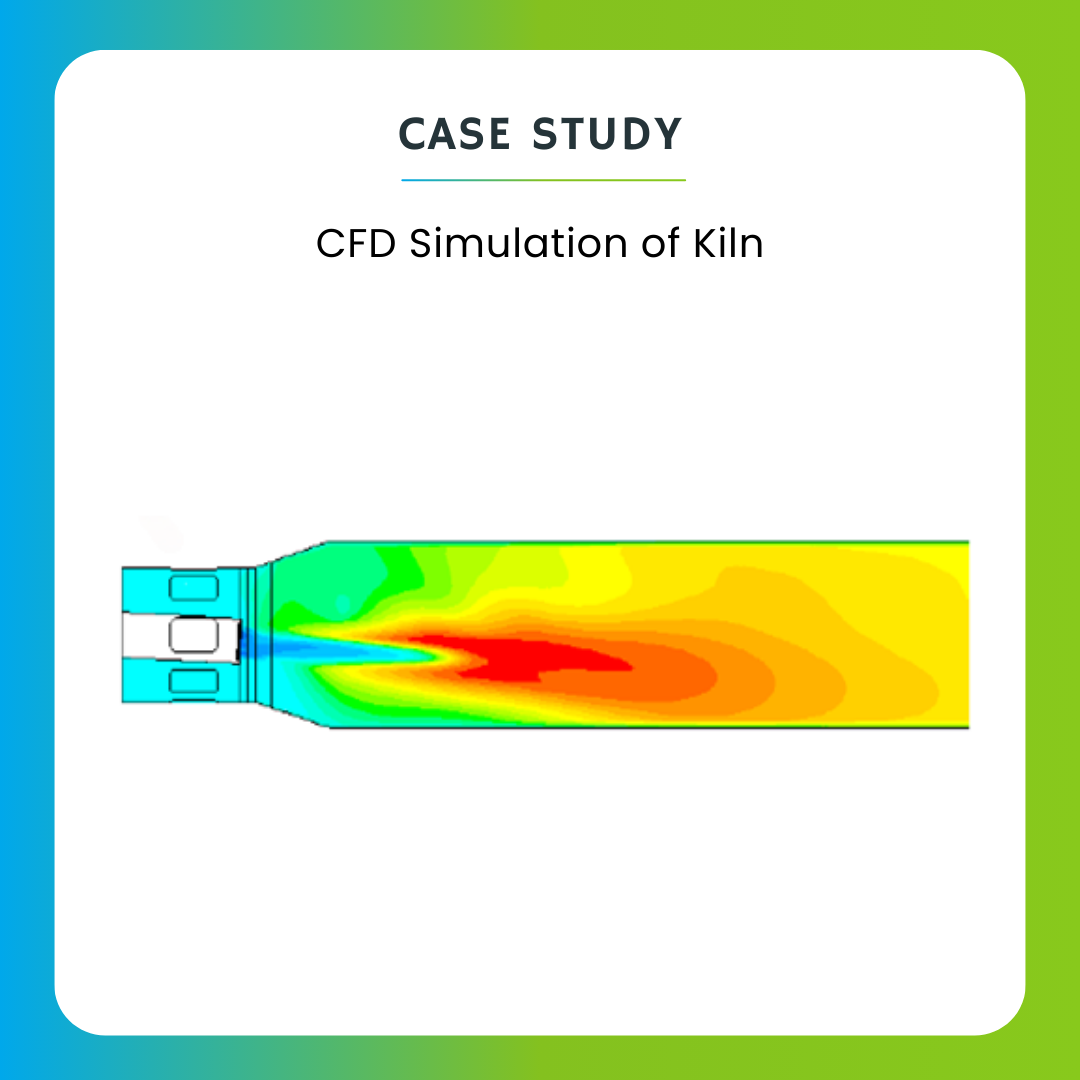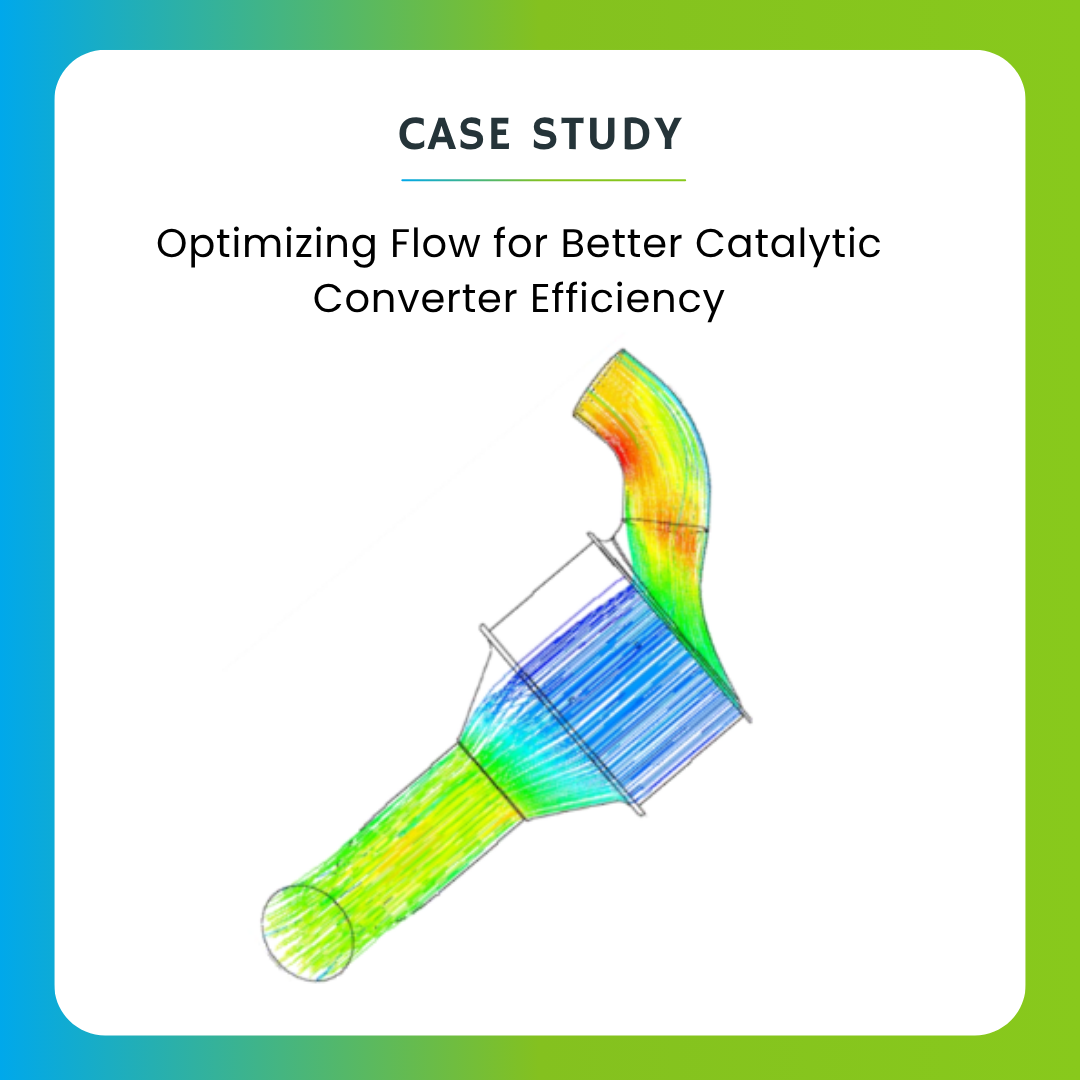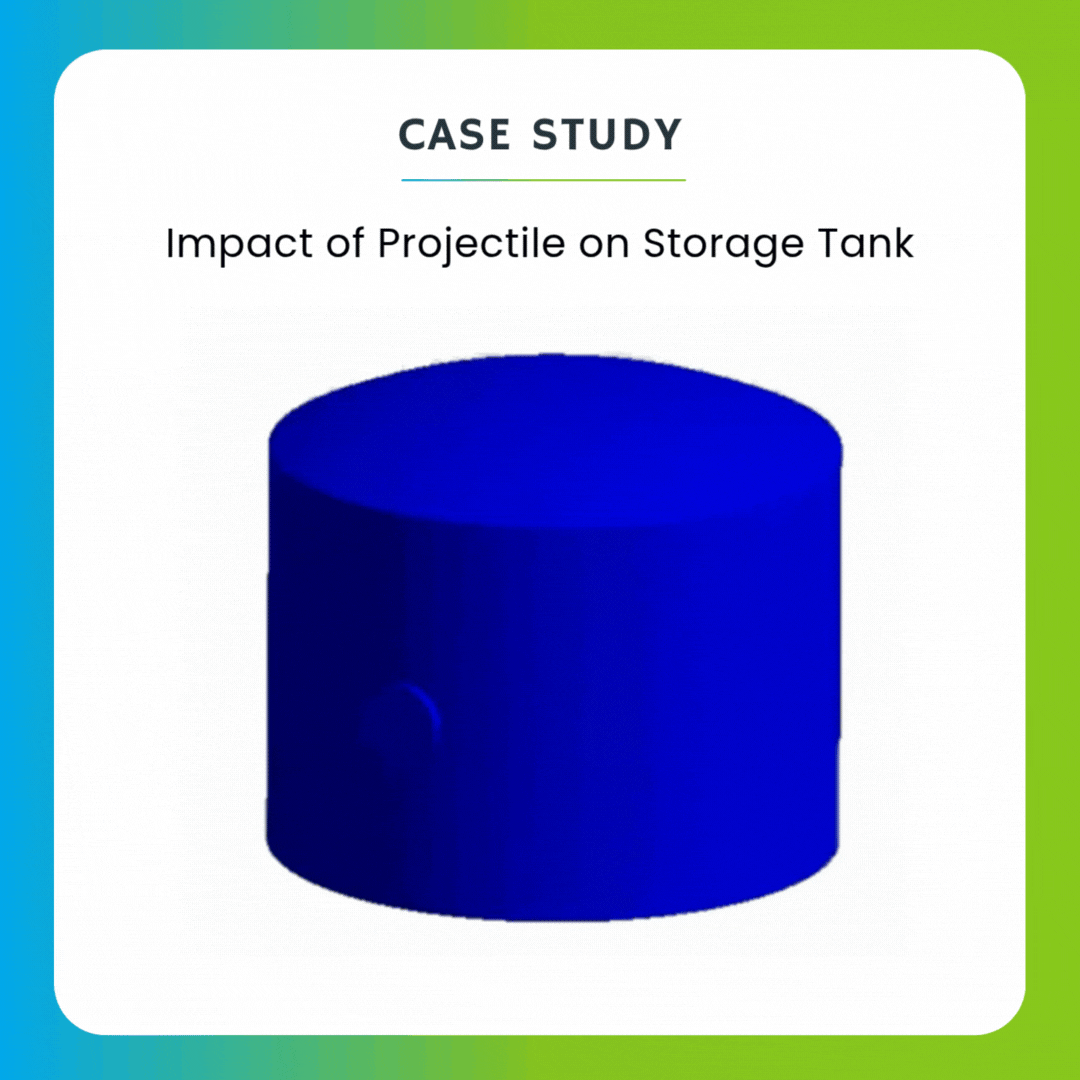Tablet Compression and Coating
DEM is a simulation technique crucial for optimizing tablet compression and coating processes in pharmaceutical manufacturing. In compression, it predicts granular flow patterns, compaction behavior, and aids in tooling design by modeling particle-tool interactions. It also optimizes press settings, enhancing tablet quality and reducing tool wear. In coating, DEM forecasts coating uniformity, thickness distribution, and prevents issues like agglomeration by simulating tablet movement in the coating pan or drum. It optimizes coating parameters like drum speed and spray rate, ensuring material efficiency and desired coating quality. Overall, DEM enhances product quality, process efficiency, and cost-effectiveness in pharmaceutical manufacturing
Powder flow and handling
DEM is a computational technique employed to simulate the behavior of granular materials, including powders, in various handling and processing scenarios. By representing individual particles as discrete entities and modeling their interactions, DEM enables engineers to gain insights into complex phenomena such as powder flow, mixing, segregation, and packing. DEM simulations facilitate the understanding of how factors like particle size, shape, cohesion, and friction influence powder behavior within different equipment geometries and operational conditions. This computational approach aids in the optimization of equipment design, the prediction of mixing performance, the analysis of segregation phenomena, and the mitigation of flow issues, ultimately enhancing the efficiency and reliability of powder handling processes across industries.
Mixing & Segregation
DEM is a computational technique used to model and simulate the behavior of particulate systems, particularly valuable in studying mixing and segregation processes. DEM allows for detailed analysis of particle interactions, optimizing equipment and processes by adjusting parameters like rotation speed and fill level. It evaluates mixing efficiency and identifies poor mixing regions, aiding in systematic studies of variable impacts on mixing. For segregation, DEM identifies mechanisms like percolation and convection, quantifies segregation patterns, and guides process design to minimize segregation. Its applications span industries such as pharmaceuticals, food processing, construction materials, and mining, where it helps ensure uniformity, prevent segregation, and enhance product quality.
Product development and Innovation
DEM is a powerful computational tool used extensively in the chemical, pharmaceutical, and CPG industries to simulate and optimize particulate systems. In chemical industry, DEM aids in powder processing, reactor design, and flowability studies, enhancing product consistency and process efficiency. In pharmaceuticals, it helps in tablet manufacturing, drug delivery system design, and capsule filling, ensuring precise dosing and uniformity. The CPG industry benefits from DEM in packaging, product quality control, and equipment design, improving handling, stability, and texture of goods. Overall, DEM accelerates product development, reduces costs, promotes sustainability, and allows for greater customization, driving innovation and efficiency across these sectors.






.gif)

.gif)

